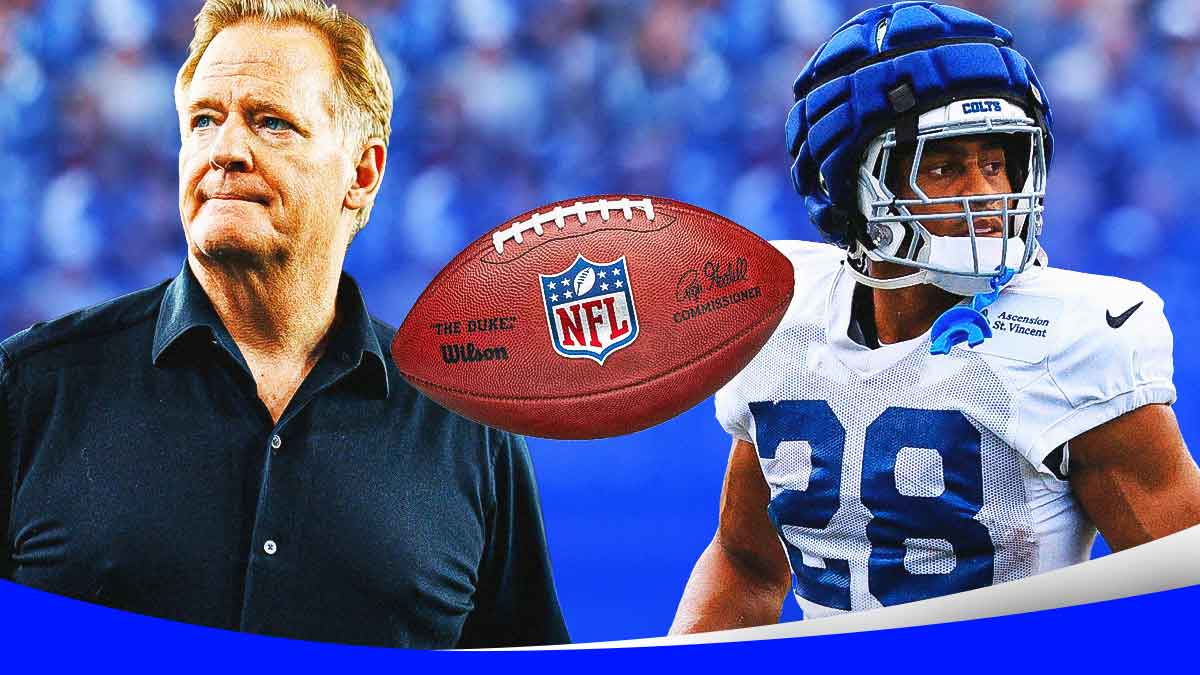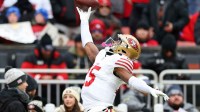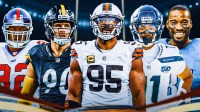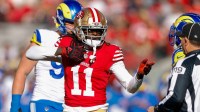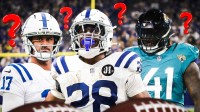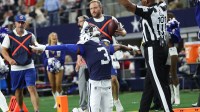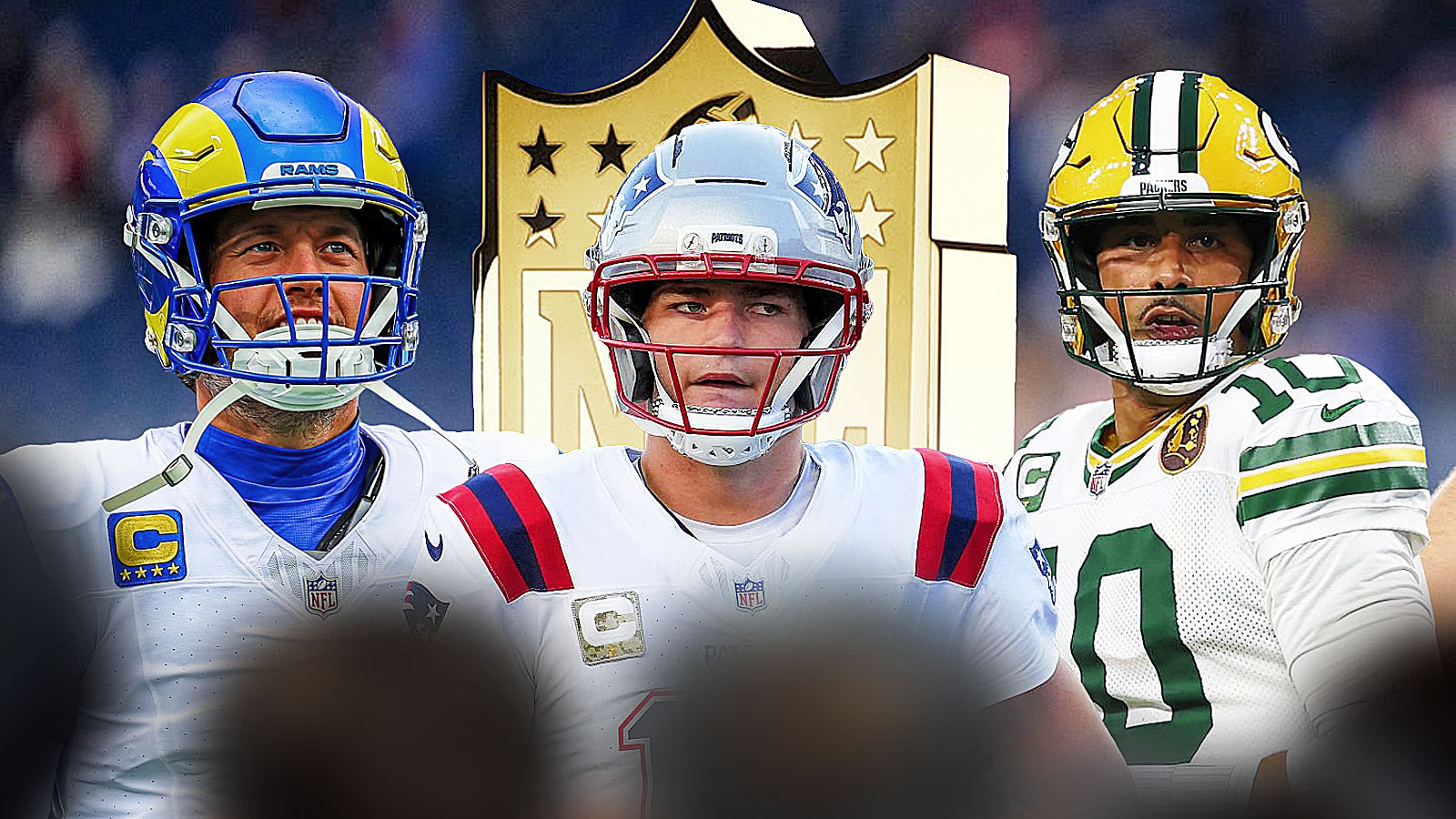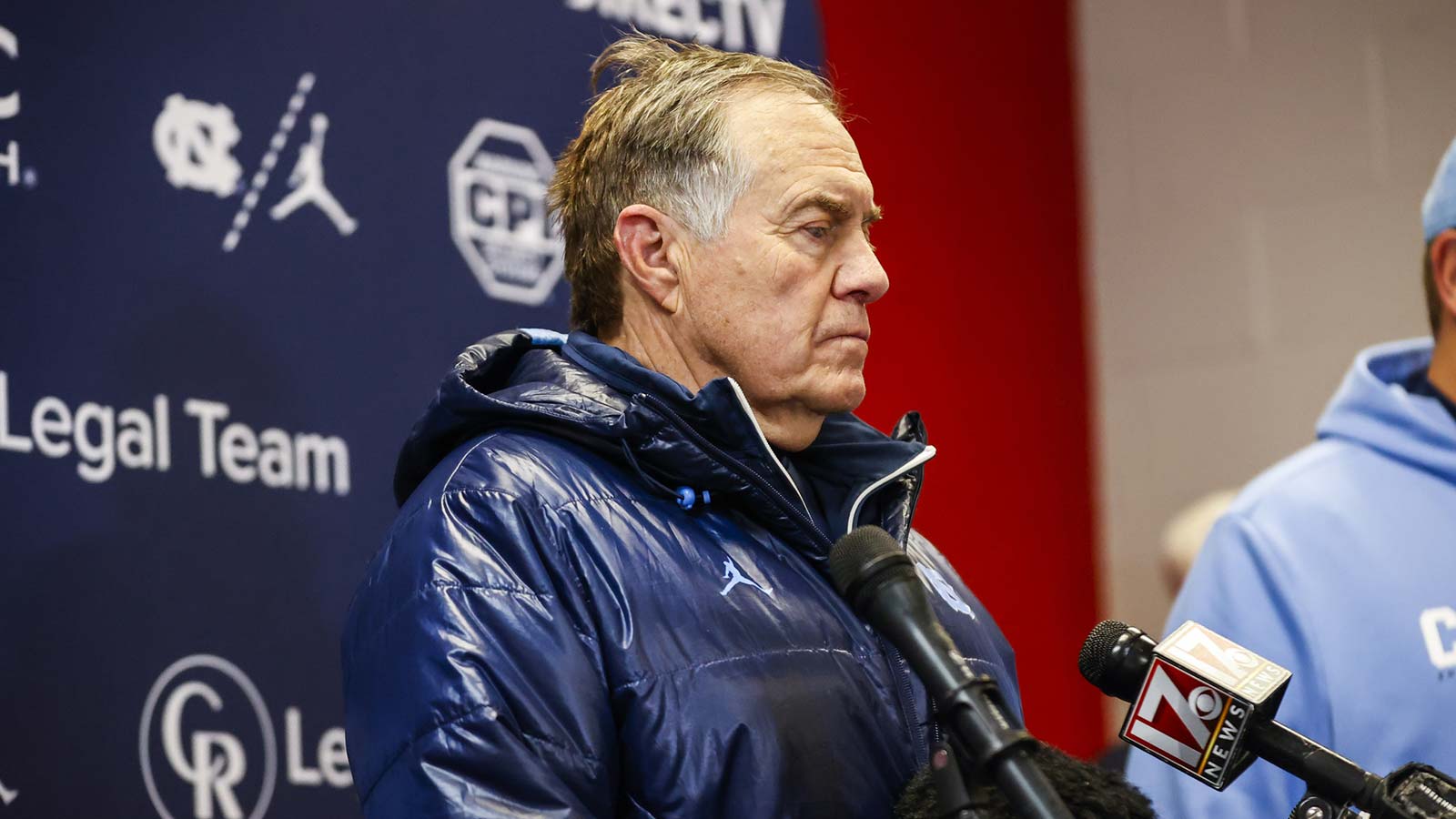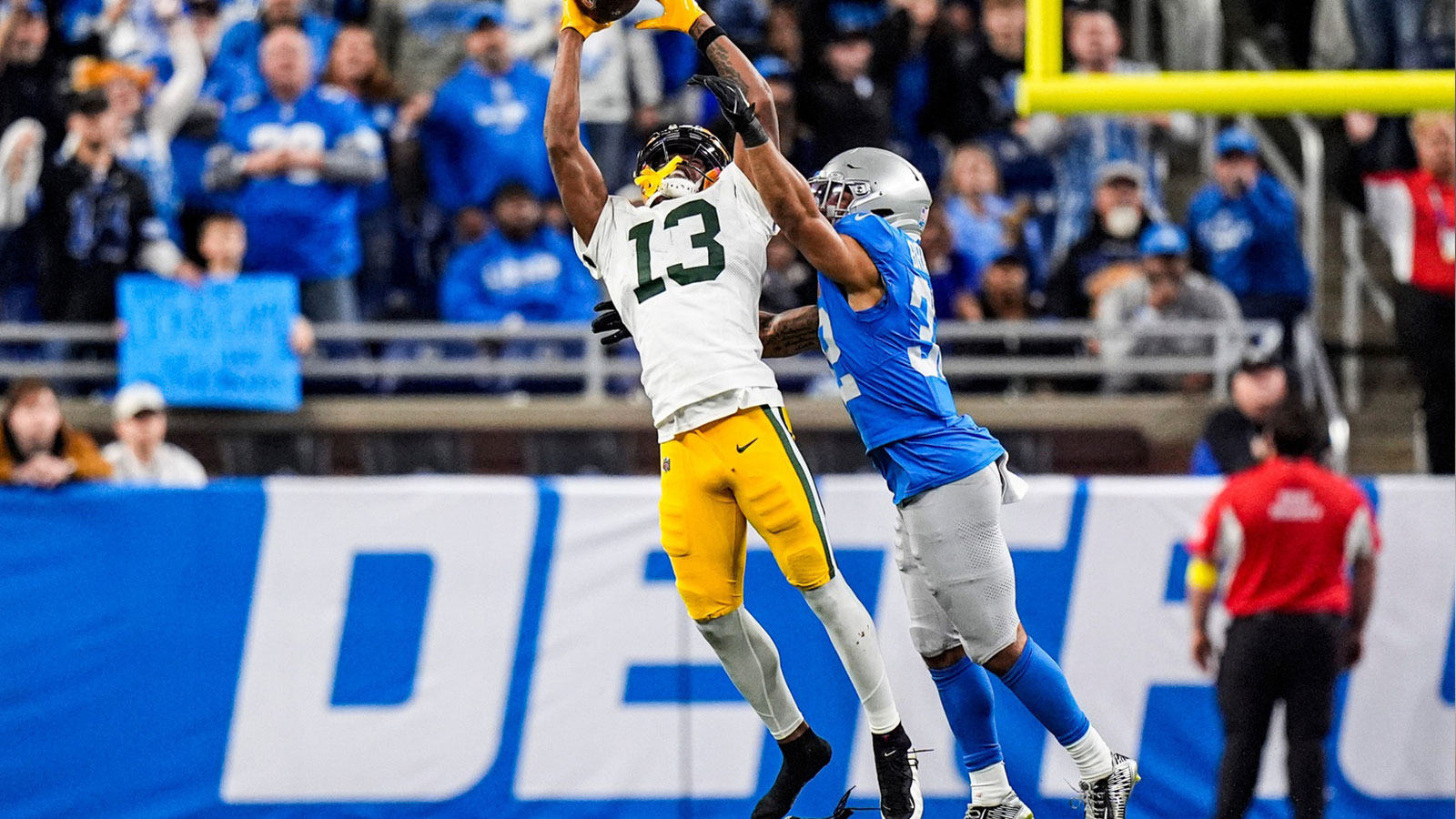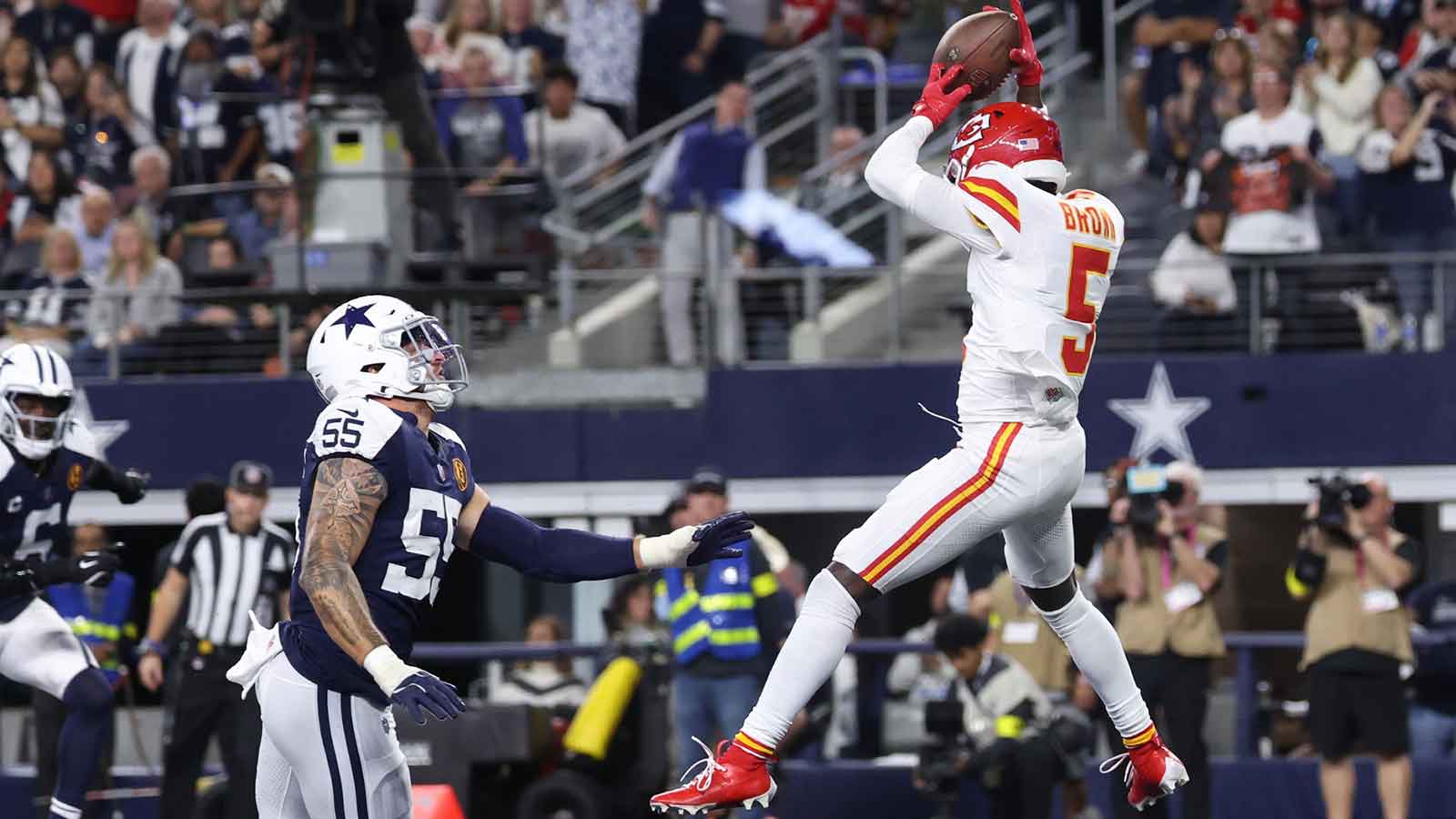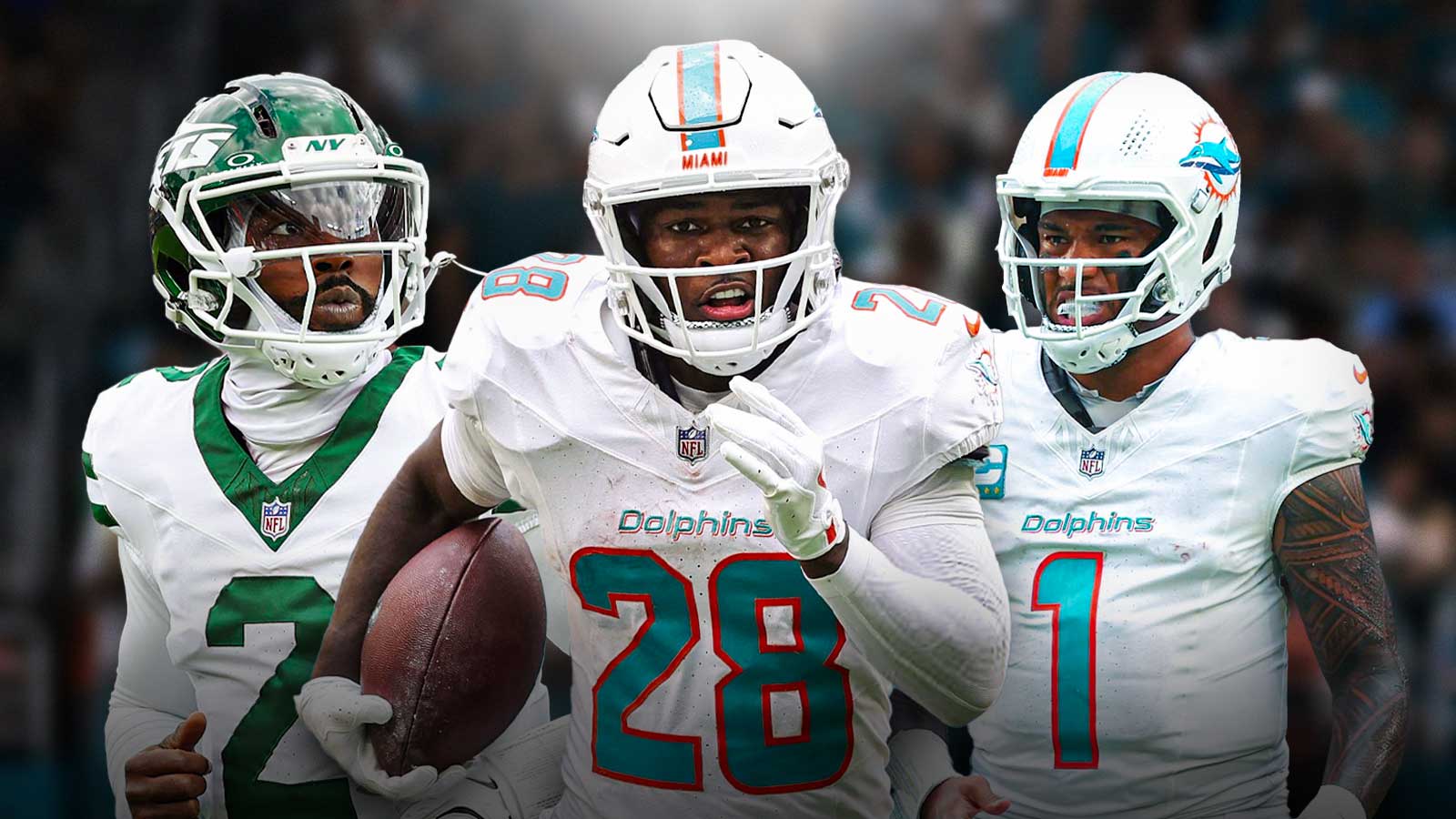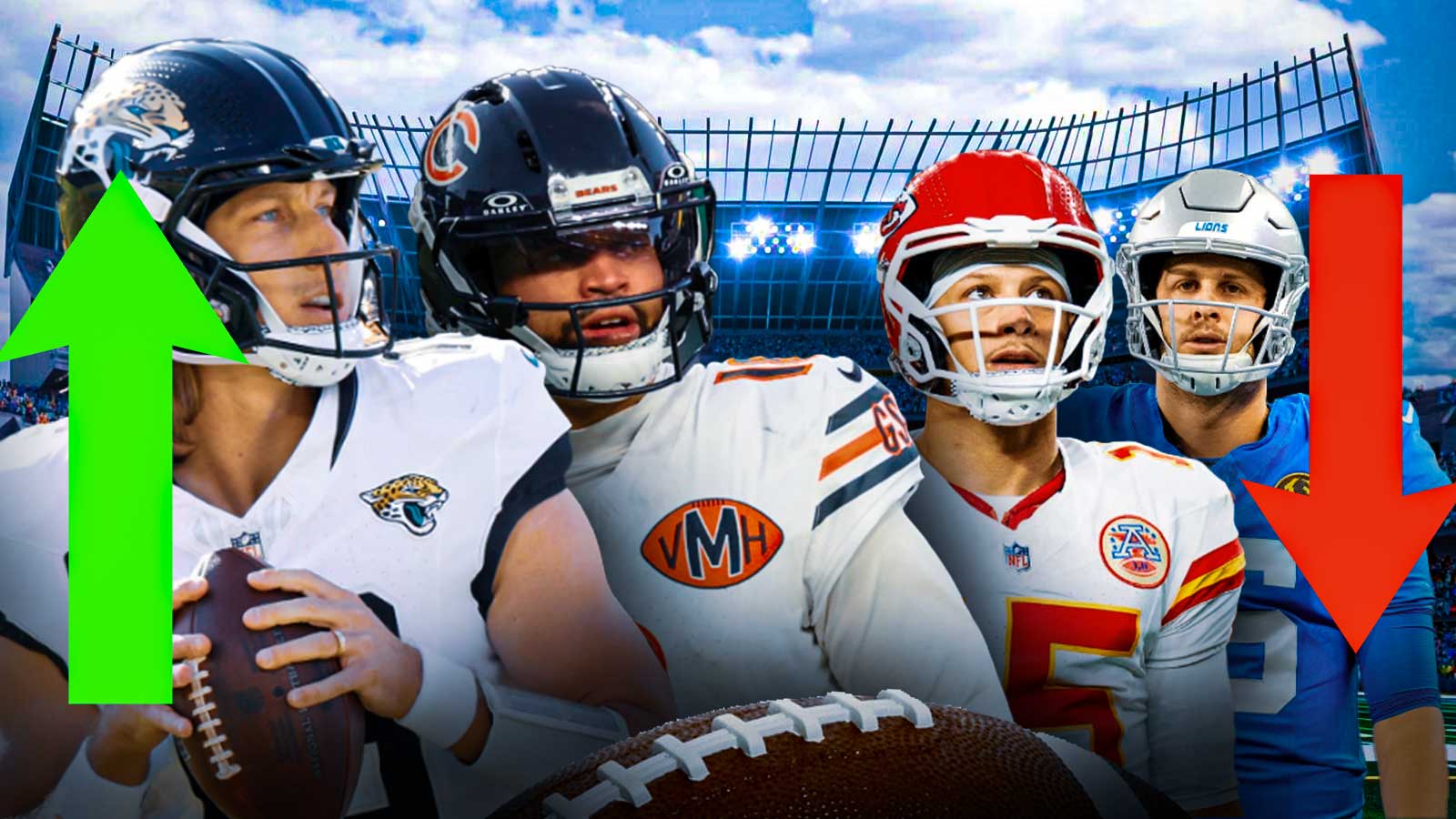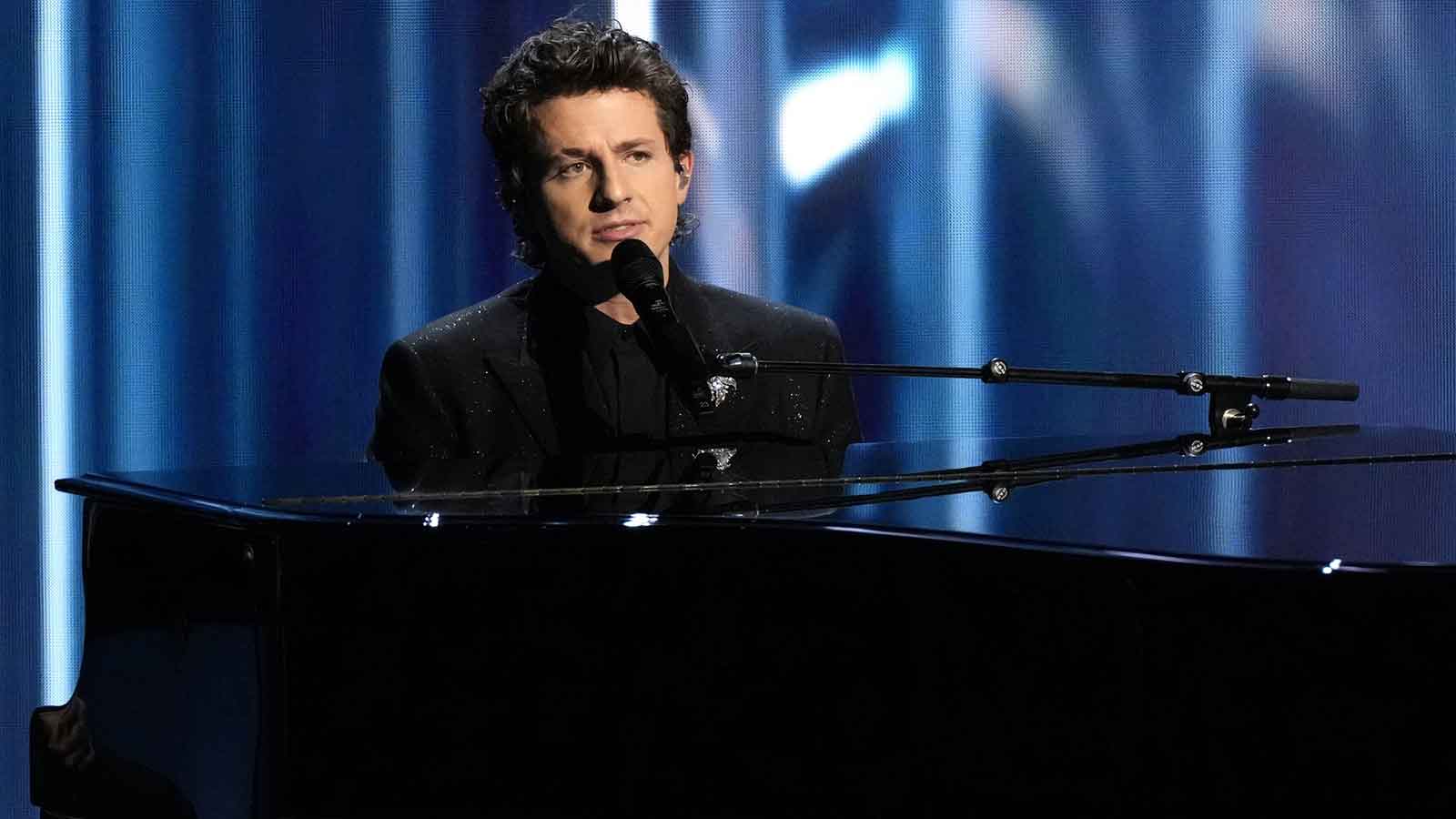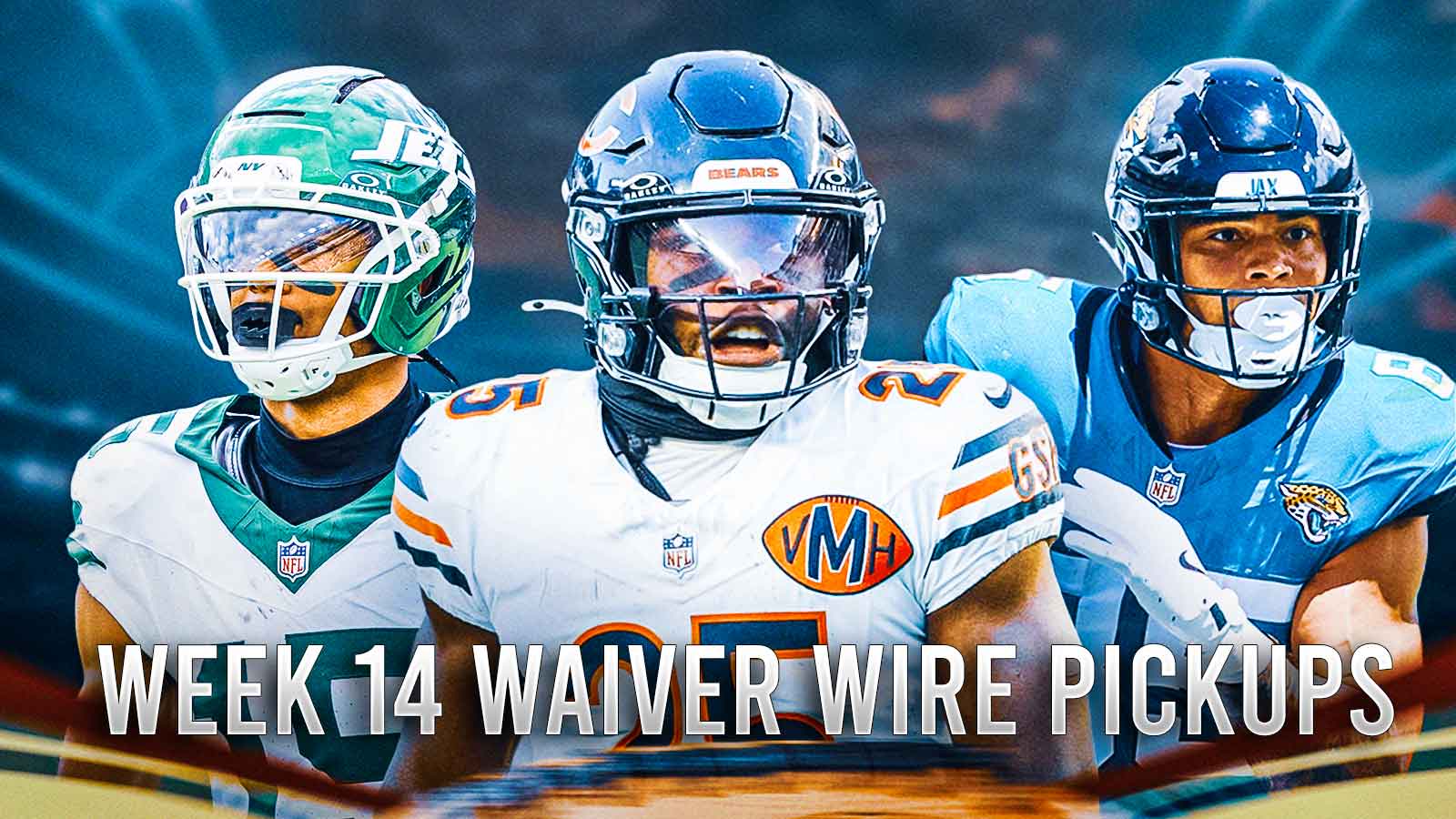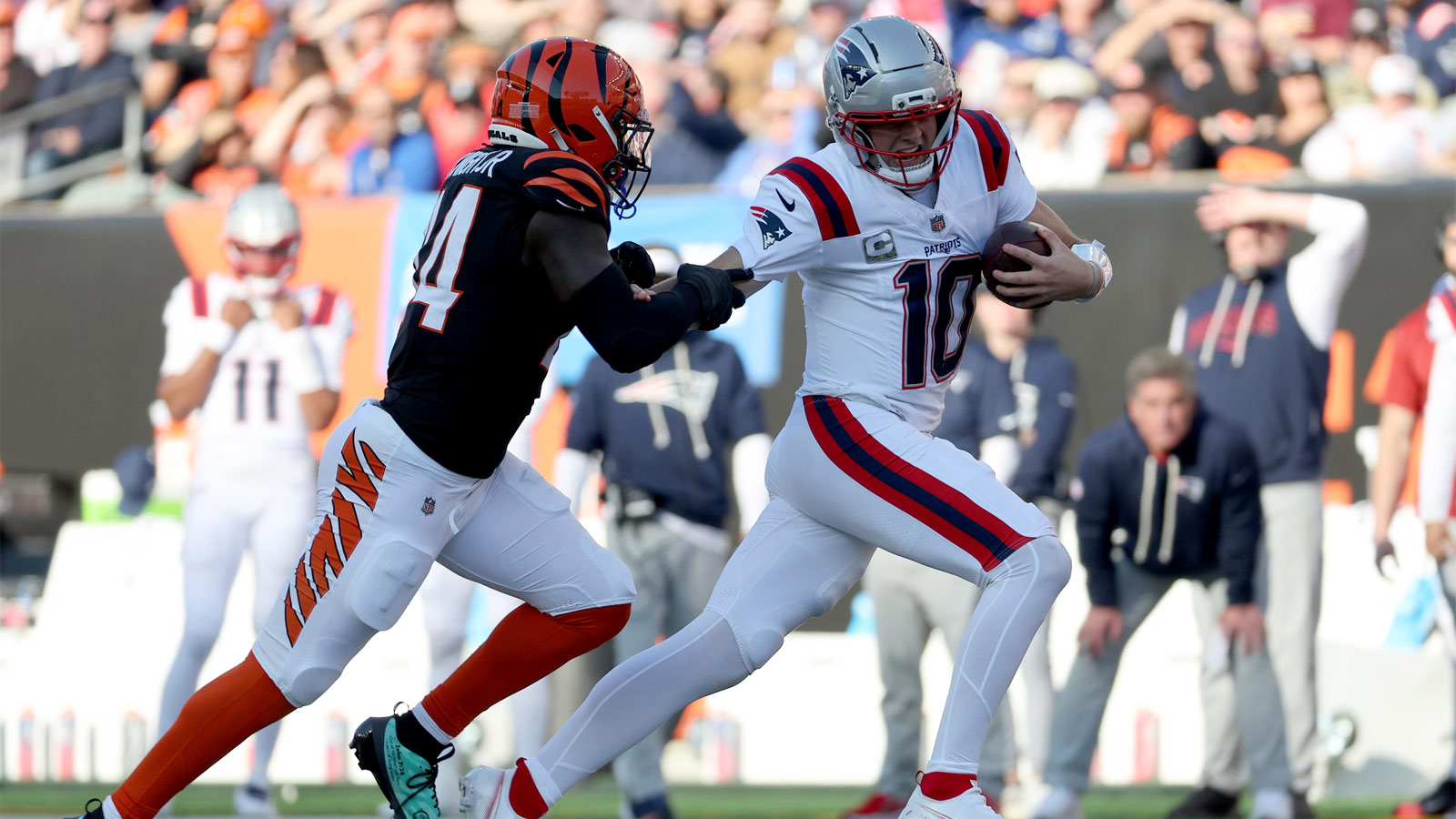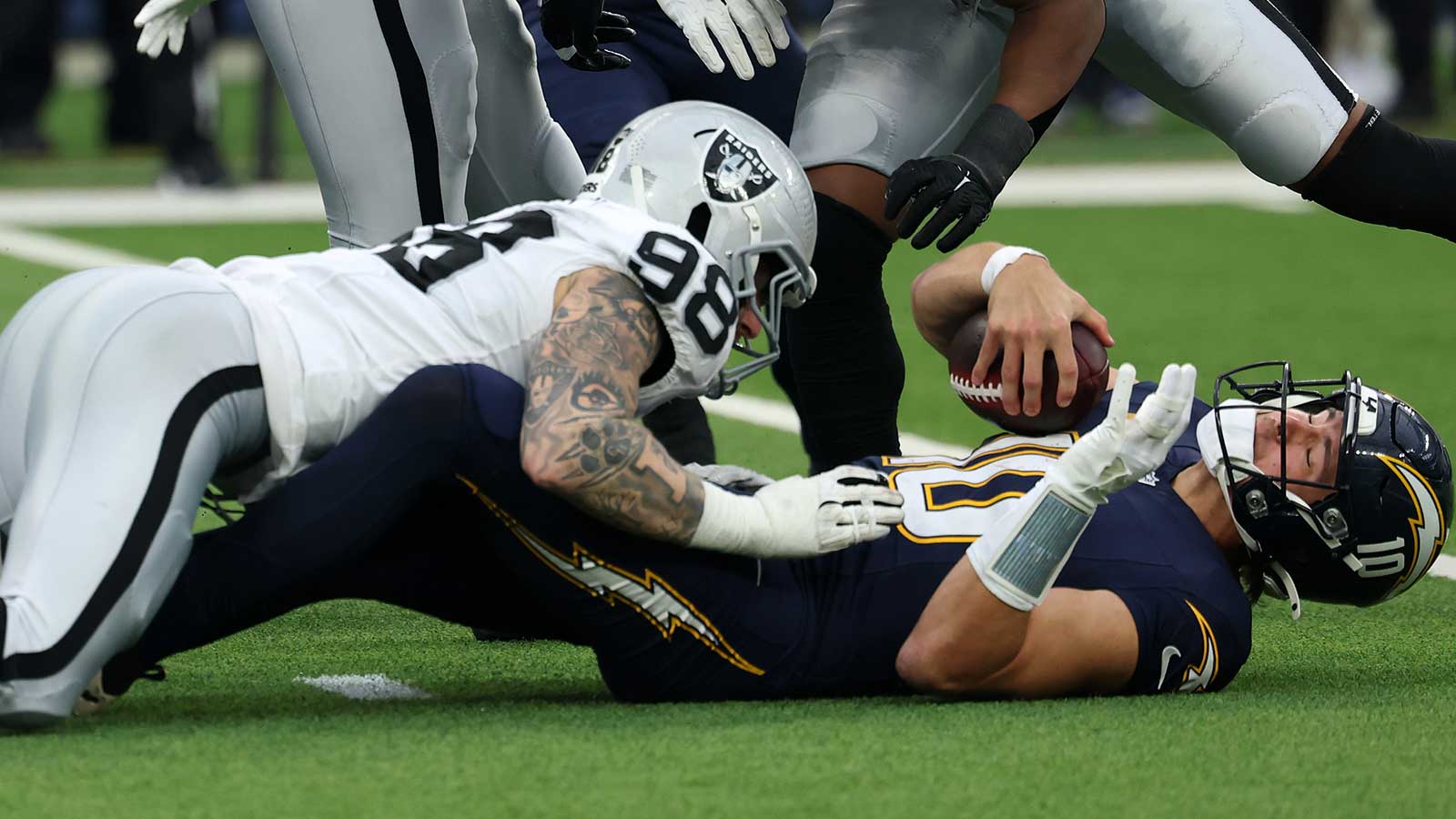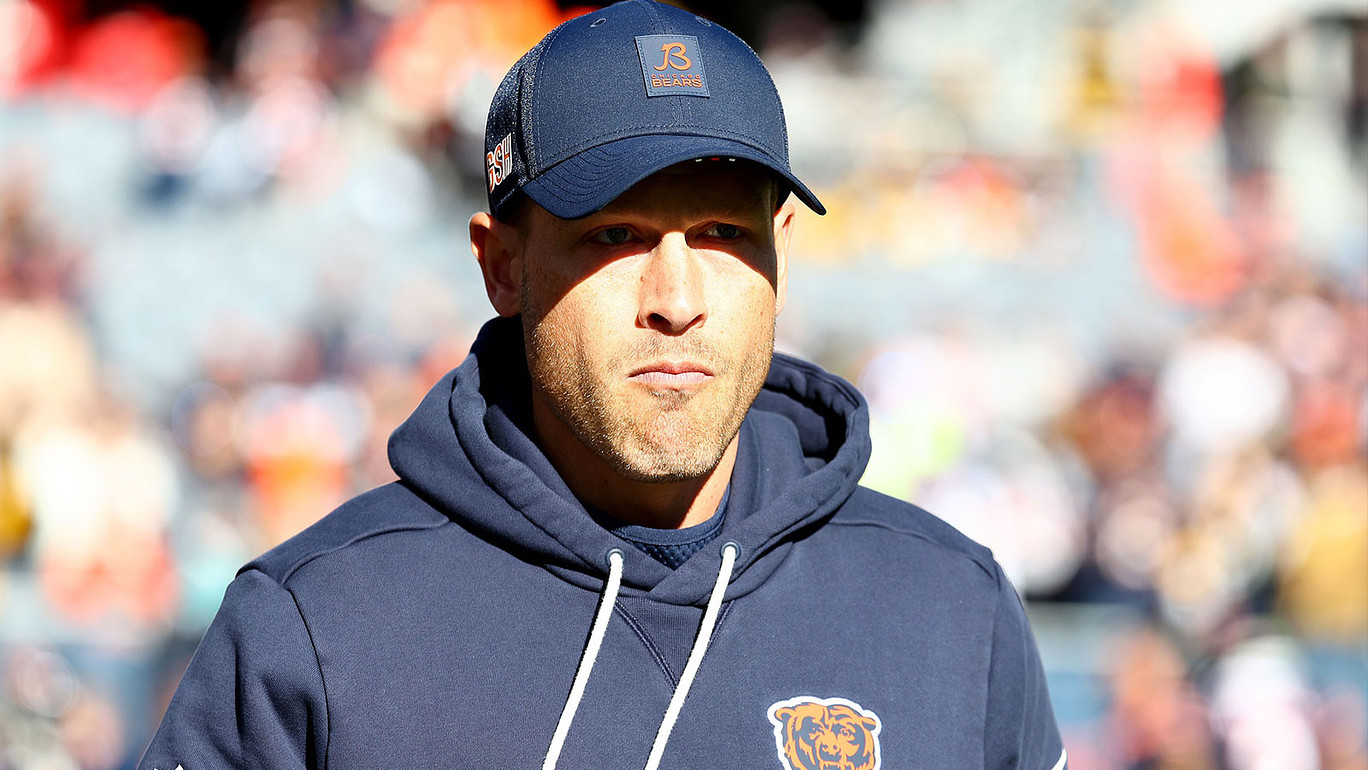It's almost a birthright in the United States. You're born, your parents put the beanie of their favorite NFL team on your head, and you're cursed for the rest of your life watching that franchise try and fail to make a Super Bowl outside of a few lucky roles of the dice (that is, unless you grew up a fan of the New England Patriots or Kansas City Chiefs).
Those dynasties aside — and the Chiefs absolutely have a dynasty right now, but that's a different story — most fans watch their teams crawl and scrape to make the playoffs only to find their seasons end in heartbreak. Every one of the 32 teams wants to make the Super Bowl but only two do, and only one can win it each year.
That's a grind that used to be seasonal but because of our football-obsessed culture, football (and especially NFL football) has become year-round. There's the regular season (now 17 games), the postseason, the Super Bowl and then the day after the Super Bowl most fans turn their attention to free agency and the upcoming NFL Draft. Then there's the Senior Bowl, the NFL Draft Combine, and OTAs are right around the corner.
We absolutely love our football, but for many years it has come at the cost of the athletes we love as well.
Sadly, for many (too many) years, the impact of multiple car crash-like collisions each Sunday was having on NFL players was an unknown. We loved to see the big hits and those players delivered, ultimately to the detriment of their long-term mental health. Eventually, research got us to a place where CTE (Chronic Traumatic Encephalopathy) became a known chronic disease that many former NFL players suffered from.
CTE is a neurodegenerative disease that develops because of repeated head injuries and concussions. It can lead to terrible cognitive issues like memory loss and confusion but also behavioral changes like aggression, impulsivity, and depression.
That's not to mention the tremors or balance issues, or the fact that CTE can only be diagnosed posthumously.
Many former NFL players suffered and didn't know why. One former legend, Junior Seau, struggled so terribly that he ultimately took his own life.
Concussions were a problem, and ultimately, it was a problem that NFL Commissioner Roger Goodell and the league seemed resolved to try to fix. How do you avoid head trauma in a sport that essentially invites head-on collisions every play, though?
It was a tall task, but rules were changed, player safety and specifically getting rid of helmet-to-helmet contact became a focus, and now, the league is apparently making some progress.
Concussions are going down in the NFL
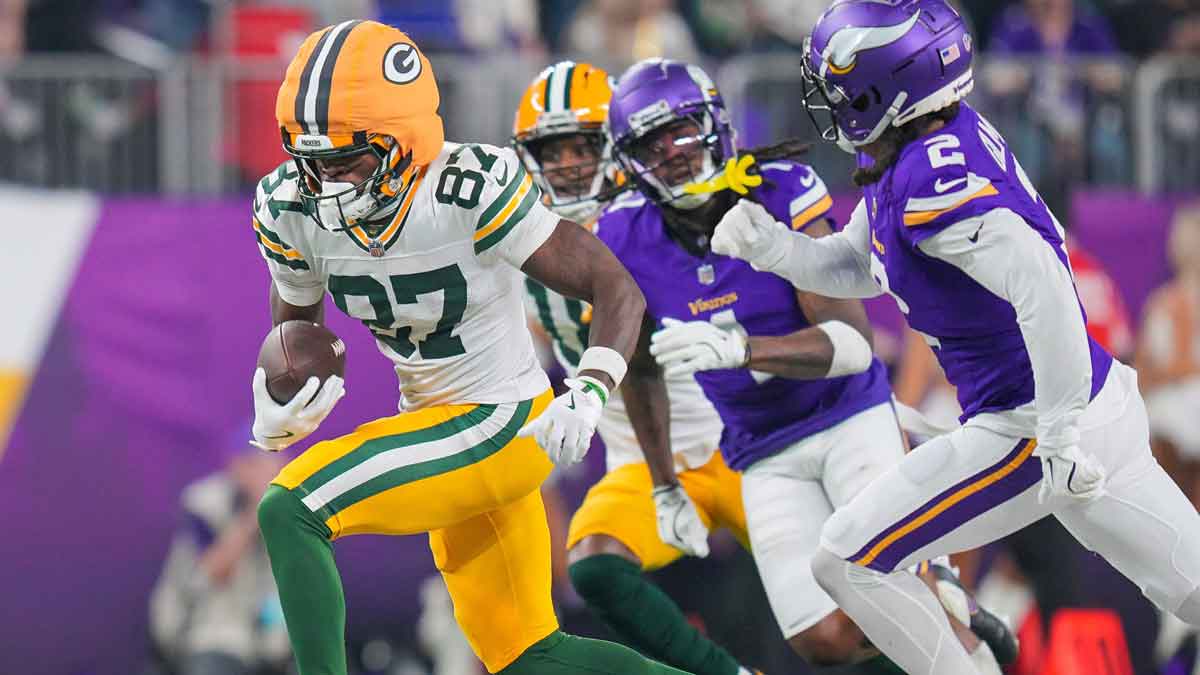
Kevin Seifert of ESPN is reporting some encouraging numbers from the league. In fact, the NFL announced that since it started recording the number of concussions players suffer per season in 2015, this past season saw the fewest number.
There were a total of 182 concussions suffered between games and practices in both his past preseason and regular season. Per Seifert, that's a drop of 17 percent from 2023 and it's down from the previous low, which was 187 in 2022. According to the numbers, the five-year average for concussions per season was 211.4, which did not count the 2020 season, which saw the preseason canceled because of COVID-19.
A total of 182 concussions is still 182 too many, and NFL chief medical officer Dr. Allen Sills knows the league still has work to do, but this is tremendous progress.
“We're very pleased with the concussion numbers but not at all suggesting that the work is done,” Sills said. “We still have a lot to do to continue to make the game safer and reduce not only concussions but to reduce avoidable head impact.”
One of the big changes many fans have noticed over the past few seasons have been the use of Guardian Caps, which look like big inflated chef's hats that go over the player's helmets.
The NFL mandated most players (outside of quarterbacks and specialists) wear Guardian Caps during training camp practices in 2023. Per ESPN's reporting, that led to a 50-percent reduction in concussions during those practice sessions. Now, there are other updated models of helmets players can use that are just as good as the Guardian Caps for practices, and 35 percent of players upgraded their helmets in 2024 for safety reasons.
“I think we can say with a high degree of confidence that the use of Guardian Caps plus the Guardian Cap-optional helmets, has certainly provided a sustained reduction in the number of concussions that we're seeing in that preseason practice environment,” Sills said.
Sure, they look funny, but they're apparently super effective at protecting player's heads. Not many used them during regular season games, but some did, and one has to wonder if that type of padded style will eventually become the norm for both practice and in games — not just in the NFL but at lower levels of football as well.
Ultimately, any improvement in player safety as it relates to concussions and head injuries is good for not just the NFL, but for the game we love. These types of advancements always trickle down from the NFL to college, from college to high school, and from high school to developmental football. The safer we can keep our favorite NFL players, the safer we can keep our aspiring NFL players of the future — and that's all great for those of us who love this game.

